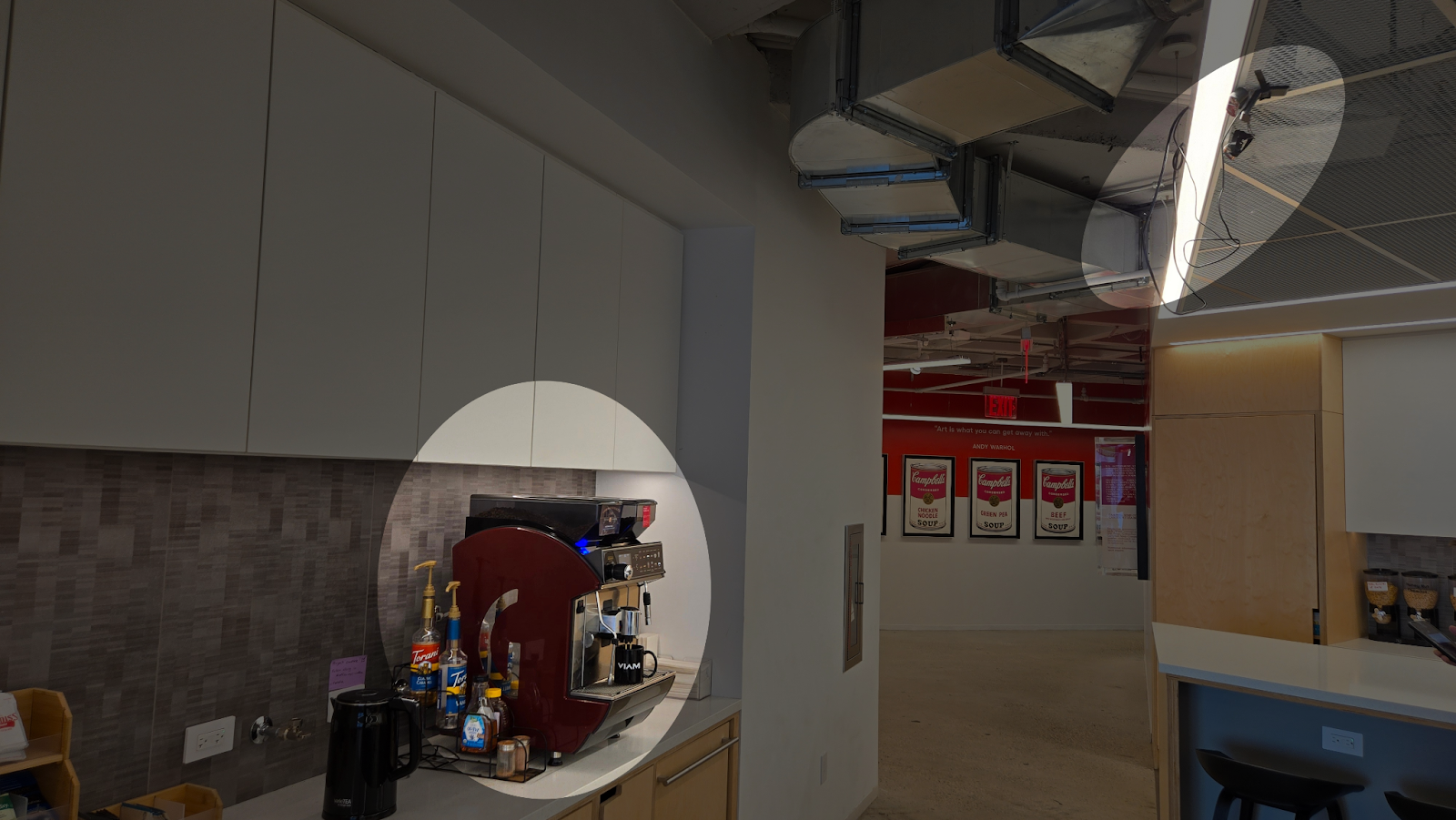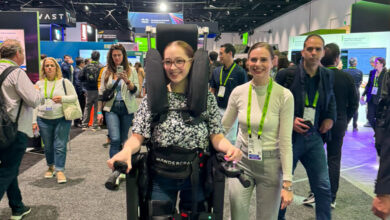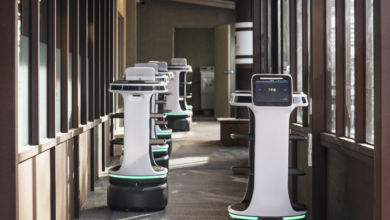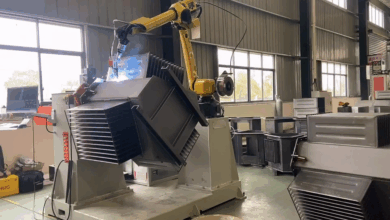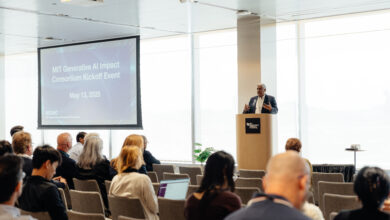How our team uses Viam to build smarter projects—from automated piano teachers to LED installations that can tell time
Once a month, the Viam team gathers in our NYC headquarters to check out what our peers have built on the Viam platform. These 20% projects usually stem from personal interest, or else the desire to make our office work better, and they embody one of our core values: lead with curiosity.
Last month, we heard from 3 engineers whose projects ranged from “super simple” to “totally crazy,” and made great use of the platform’s openness and modularity.
Building an end-to-end edge ML project with Viam
Natalia Jacobowitz, an engineer-turned-product manager, answered our Founder Eliot Horowitz’s call to make our office coffee machine smarter. Using a 4K camera, Raspberry Pi, and a mix of pre-built components and services, including computer vision, she created an automated system to notify the team when the coffee grounds need to be emptied.
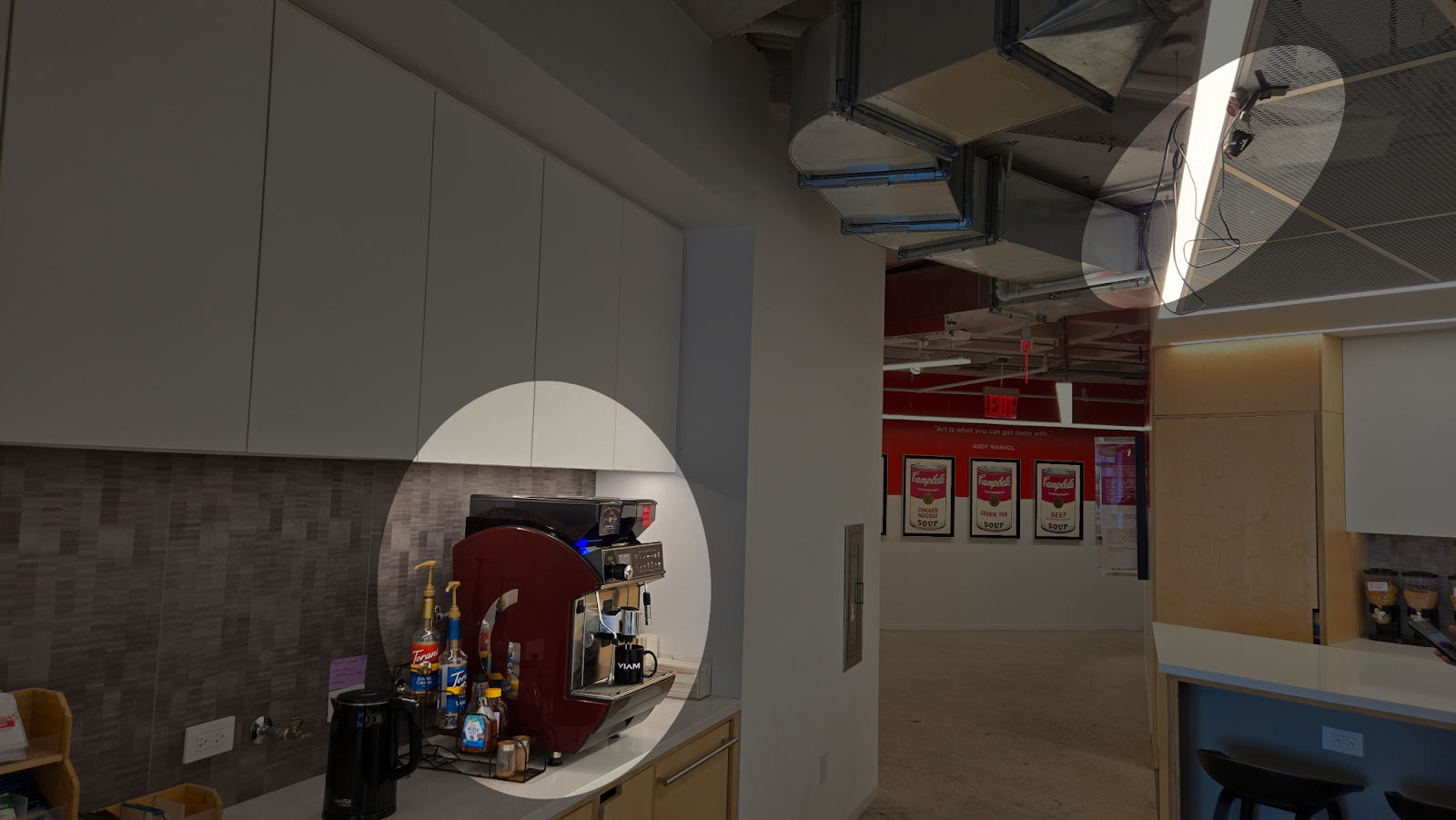
Natalia was able to build this in just 3 days without writing a single line of code. She spent the bulk of her time refining the data set and (re)training the model, and enabling a sensor-based trigger to send an automated Slack message when the grounds need emptying.
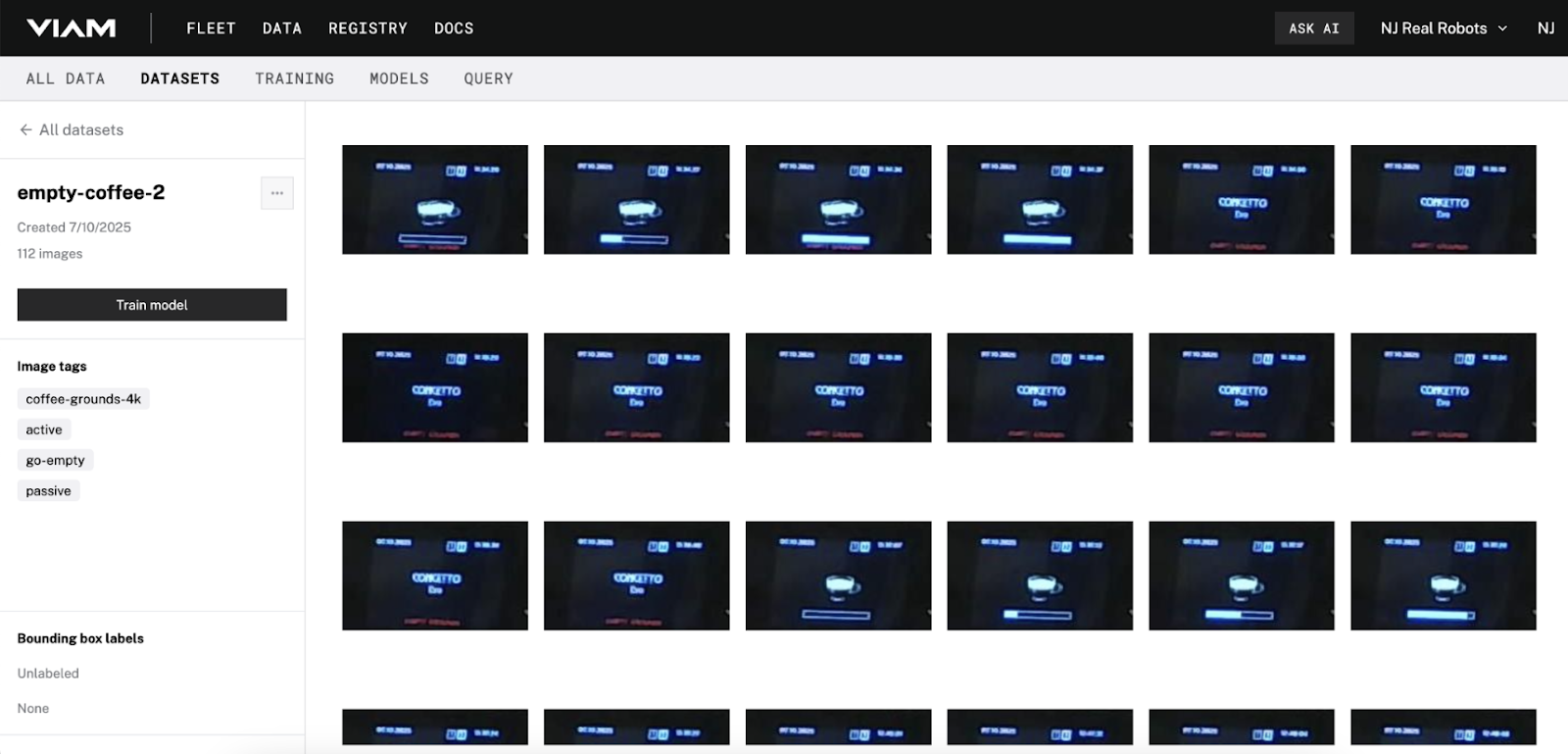
“This is so easy,” Natalia said of her process. “Granted, I had to get a camera, but the actual act of making something like this is super doable.” Aligned with our vision to democratize tech like robotics and AI, Natalia’s project also shows how engineers can use Viam to iterate and prove concept viability before scaling up.
Inspired by our 20% projects and want to make one of our own?
Join our team
Better finger and footwork via a custom Viam module
Next we heard from Jalen Geason, a software engineer-turned-technical product marketer. Jalen’s a classically trained pianist whose most recent gig was playing Carnegie Hall (yes, actually), and he built a smart piano teacher to practice with.
His process was a bit more involved: he wanted to use a camera to record the notes he was playing, plus his finger and footwork technique, including how hard he struck each key (called velocity). Then, he could use machine learning to analyze the data and produce recommendations on how to improve his playing. To make this possible, he coded a custom sensor module to display time-coded readings from his MIDI keyboard.
“AI is obviously helpful when writing new modules,” Jalen said. “I was able to give it the template, plus a few sentences about what I wanted it to do, and it was able to get me maybe 95% of the way there, which was very nice.”
Using Viam to get out of bed—and into the office—on time
Finally we heard from software engineer Michael Lee, who built a smart LED installation that can tell time and help him get to work on time by alerting him to bus arrivals and departures in his neighborhood. Michael’s project, which his husband described as “totally crazy,” involved many, many hours of 3D printing properly sized grids to which he could attach the LEDs, and connecting that to Viam through a Raspberry Pi to control their behavior.
These 20% projects show the accessibility, flexibility, and vast potential of using Viam to bridge the gap between software and hardware engineering. Those same qualities enable us to help our enterprise customers dream bigger and scale their businesses.
Inspired by our 20% projects and want to dream up your own? Our team is growing fast. If you want to join us, head to our careers page.
